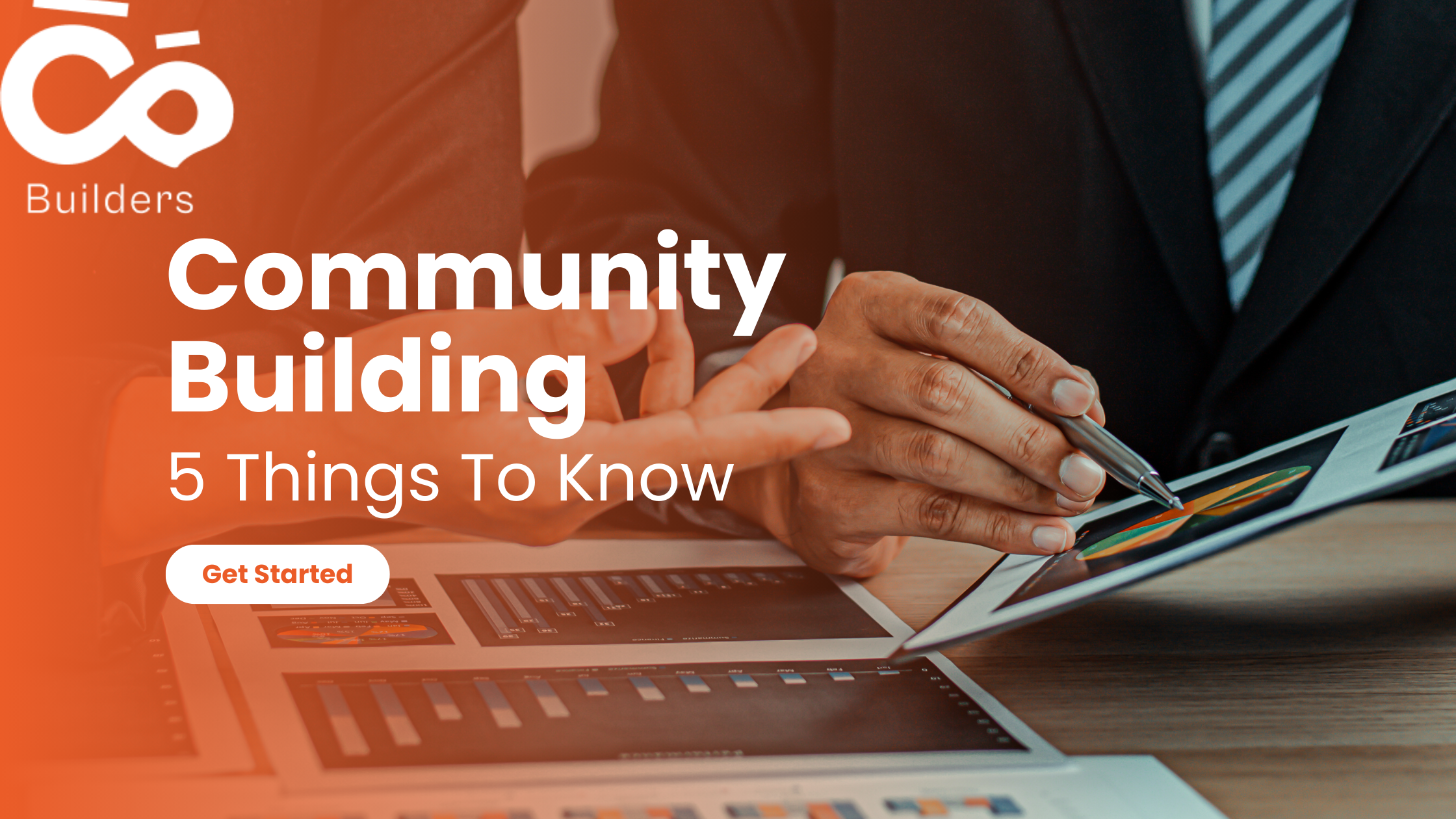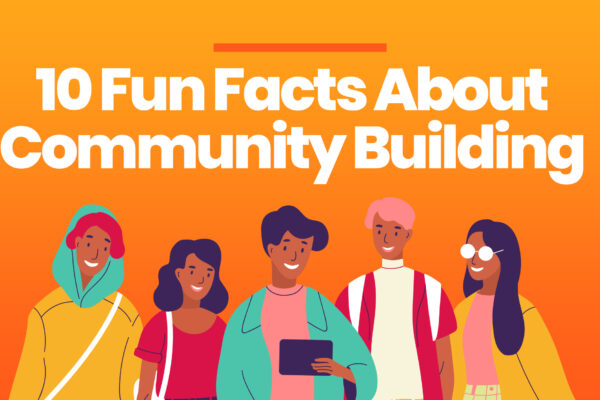Community Building 101: 5 Things I Wish I knew earlier about building communities.
Table of Contents
Community Building is an essential aspect of fostering engagement, connections, and growth in various domains, from online platforms to local organizations. However, effective community building requires a strategic approach and an understanding of what works best. In this article, we will discuss 5 things I wish I had known earlier about building communities.
The Transformative Power of Community Building
In a world where individual voices often feel drowned out, building a community takes on a truly transformative role. It goes beyond the traditional notions of customer engagement and loyalty, offering something unique and profound. By fostering a vibrant and inclusive community, you can unlock the collective potential of your audience and ignite a ripple effect of positive change. Building a community is not just about establishing a transactional relationship with your customers; it’s about creating a space where individuals can connect, collaborate, and co-create. It’s a platform where diverse perspectives converge, where the seeds of innovation are sown, and where the power of collective intelligence is unleashed.
5 things to know about Community Building
By grasping these fundamental community building concepts, you can lay a solid foundation for community development and create a space where individuals can connect, learn, and flourish together
- Start with a clear purpose. This is one of the most important things to consider when building a community. What do you want your community to achieve? What kind of people do you want to attract? Once you know your purpose, you can start to build a community around it. For example, if you want to create a community for people who are interested in learning about artificial intelligence, you could start by creating a forum where people can ask questions and share resources.
- Create a welcoming space. This is another essential element of community building. Make sure your community is a place where people feel comfortable and safe sharing their thoughts and ideas. This means setting clear rules and guidelines and being proactive in moderating the community. For example, you could create a code of conduct that outlines what is and is not acceptable behavior in the community. You could also appoint moderators who can help to keep the community safe and welcoming.
- Be consistent. Building a community takes time and effort. You need to be consistent with your communication, your content, and your activities. If you disappear for a few weeks, your community will start to fall apart. For example, you could create a regular schedule for posting new content or hosting events. You could also reach out to your members regularly to see how they are doing and what they need from the community.
- Listen to your members. This is one of the most important things you can do when building a community. Ask your members what they want from the community. What kind of content do they want to see? What kind of activities do they want to participate in? By listening to your members, you can keep your community relevant and engaging. For example, you could create a survey or poll to get feedback from your members. You could also hold regular feedback sessions where members can share their thoughts and ideas.
- Celebrate your successes. When your community achieves something, take the time to celebrate. This will help to keep your members motivated and engaged. For example, you could create a blog post or social media post to celebrate a milestone. You could also send out a newsletter for your members to share the good news.
What are the 7 key components of a strong Community Building?
A strong community is built on a foundation of several key components that contribute to its vibrancy, engagement, and sustainability. Here are seven essential elements that form the backbone of a robust community:
- Shared Purpose: A strong community rallies around a shared purpose or common goal. It is crucial to define a clear mission or vision that resonates with community members and inspires them to actively participate and contribute.
- Active Engagement: Active engagement is the lifeblood of a thriving community. It involves fostering interactions, discussions, and collaboration among community members. Encouraging participation through various channels, such as forums, events, and social media platforms, keeps the community vibrant and connected.
- Open Communication: Transparent and open communication is vital for building trust and fostering a sense of belonging within the community. Establishing clear lines of communication, providing avenues for feedback, and promoting respectful dialogue help facilitate meaningful connections and effective collaboration.
- Inclusivity and Diversity: A strong community embraces and celebrates diversity. It is essential to create an inclusive environment where individuals from different backgrounds, cultures, and perspectives feel welcome and valued. Encouraging diverse participation enriches the community and promotes a broader range of ideas and insights.
- Supportive Environment: A supportive community provides a safe space where members feel comfortable expressing themselves, seeking advice, and sharing their experiences. It involves cultivating an atmosphere of empathy, respect, and understanding, where individuals can find encouragement, guidance, and assistance.
- Effective Leadership: Strong communities require effective leadership that provides guidance, direction, and stewardship. Community leaders play a pivotal role in facilitating engagement, resolving conflicts, and inspiring members to actively contribute. Their role is to empower and support the community, acting as catalysts for growth and collaboration.
- Continuous Learning and Growth: A robust community is committed to continuous learning and growth. It offers opportunities for members to acquire new skills, knowledge, and insights through workshops, webinars, mentorship programs, or shared resources. Encouraging personal and professional development within the community fosters engagement and helps members achieve their goals.
By cultivating these seven key components within a community, you create a solid foundation for growth, collaboration, and meaningful connections. Each component reinforces the others, contributing to the overall strength and vitality of the community.
Building Brand Communities by Carrie Melissa Jones and Charles Vogl Read up: you’re starting a brand community, or want to revisit why you started community building.
Conclusion
In conclusion, these are the 5 things you wish to know earlier about community building. Building a thriving community requires careful planning, consistent effort, and an understanding of what makes communities successful. By starting with a clear purpose, creating a welcome space, maintaining consistency, listening to members, and celebrating your success, you can lay a solid foundation for community growth and create a vibrant space where individuals can connect, learn, and collaborate. Remember, community building is an ongoing process, and continuous evaluation and adaptation are key to its long-term success.
Need any assistance, answer any of your questions or queries connect to coterie builder today at community@coteriebuilder.com or by a phone call at +2349030577549
.





